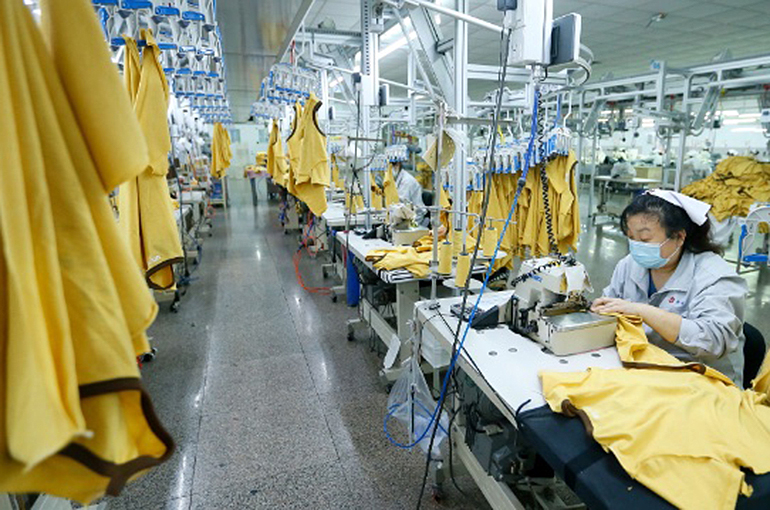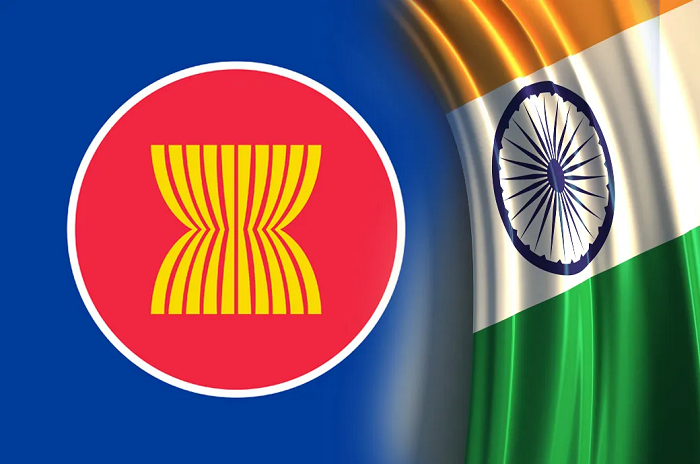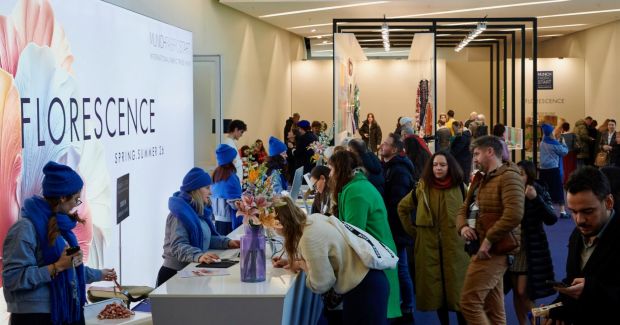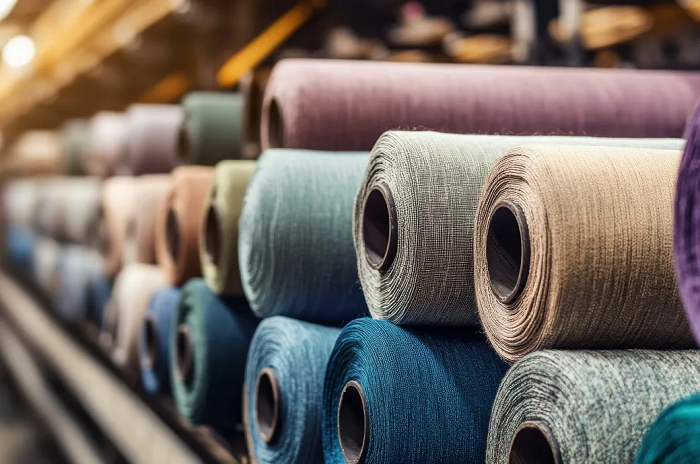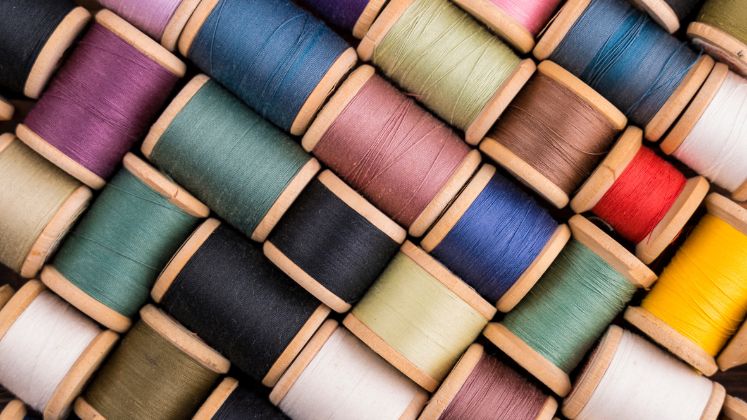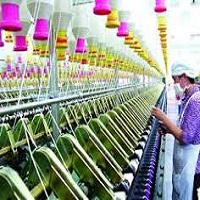 The government has played a key role in the turnaround of India’s textile sector. The initiatives it introduced in the last two years, is boosting sales that had slumped to $75 billion during the pandemic, to $300 billion by 2025-26. Exports of technical textiles exceeded imports by Rs 2,998 crore in FY21 as a report titled ‘Textile Industry: Trends and Prospects' released by Infomerics Valuation and Rating, a SEBI-registered and RBI-accredited financial services credit rating company.
The government has played a key role in the turnaround of India’s textile sector. The initiatives it introduced in the last two years, is boosting sales that had slumped to $75 billion during the pandemic, to $300 billion by 2025-26. Exports of technical textiles exceeded imports by Rs 2,998 crore in FY21 as a report titled ‘Textile Industry: Trends and Prospects' released by Infomerics Valuation and Rating, a SEBI-registered and RBI-accredited financial services credit rating company.
The Indian technical textiles market is expected to grow at a CAGR of 7.6 per cent in Asia-Pacific to reach $23.3 billion in 2027, the report states. Government plans to increase exports to five times in three years, from the current approximately $2 billion to $10 billion.
Schemes launched by the government
The government has introduced several initiatives like the Technology Mission on Cotton (TMC), Technology Upgradation Fund Scheme (TUFS), Scheme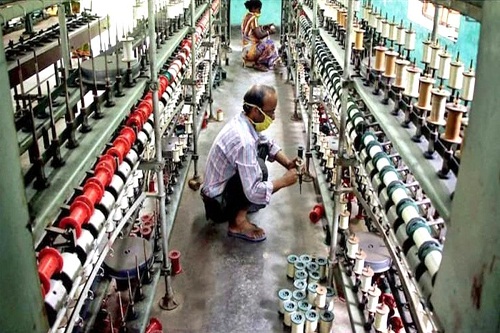 for Integrated Textile Park (SITP), etc to bolster sector’s growth. It recently introduced new schemes like National Technical Textiles Mission (NTTM) for four years with an outlay of Rs 1480 crore.
for Integrated Textile Park (SITP), etc to bolster sector’s growth. It recently introduced new schemes like National Technical Textiles Mission (NTTM) for four years with an outlay of Rs 1480 crore.
One of the largest textile and apparel hubs in the country, Tamil Nadu aims to drive innovation and reduce foreign dependence through its participation in the Techtextil India 2021 - the leading international trade fair for technical textiles and non-wovens. The state has also introduced a few other measures like the Scheme for Capacity Building in Textile Sector (SAMARTH) to train 10 lakh workers in the sector.
Low funds and other generic factors
One major challenge that the industry faces is low fund allocation, says the report. The sector received only Rs 3,631.64 crore funds as against the proposed outlay of Rs 16,883 crore during the FY22, it adds.
Manufacturing activities in the sector have reduced, raising prices of the final product as reflected in the annual NIC-2 digit and sectoral indices of industrial production, For the first time in a decade, the index for 'manufacturing of textiles' has fallen to as low as 91.1, adds the report.
The report further highlights, generic factors like weakened consumer demand or production networks; obsolete technology, inflexible labor laws, infrastructure bottlenecks and industry fragmentation due to the COVID-19 pandemic, has caused the yearly wholesale price index for 'manufacturing of textiles' to hover 6-7 notches above the decadal average of 118-point mark,.
Cementing global position
The reports emphasizes on the industry’s need to command premium prices; target niche products and markets; redesign products in higher value-added segments, the report emphasizes. The industry also needs to focus on regional and cluster subsidies, technology upgradation and skill development subsidies for sustained development, it adds.
To scale operations, the industry needs to invest in value added services, e.g., marketing, warehouse rentals, logistics, courier, other product fulfillment costs, it further adds. To cement India’s position in the global textile market, the report advises the industry to address the risk factors and the distinctive peculiarities of the sector and integrate the textile value chain.

